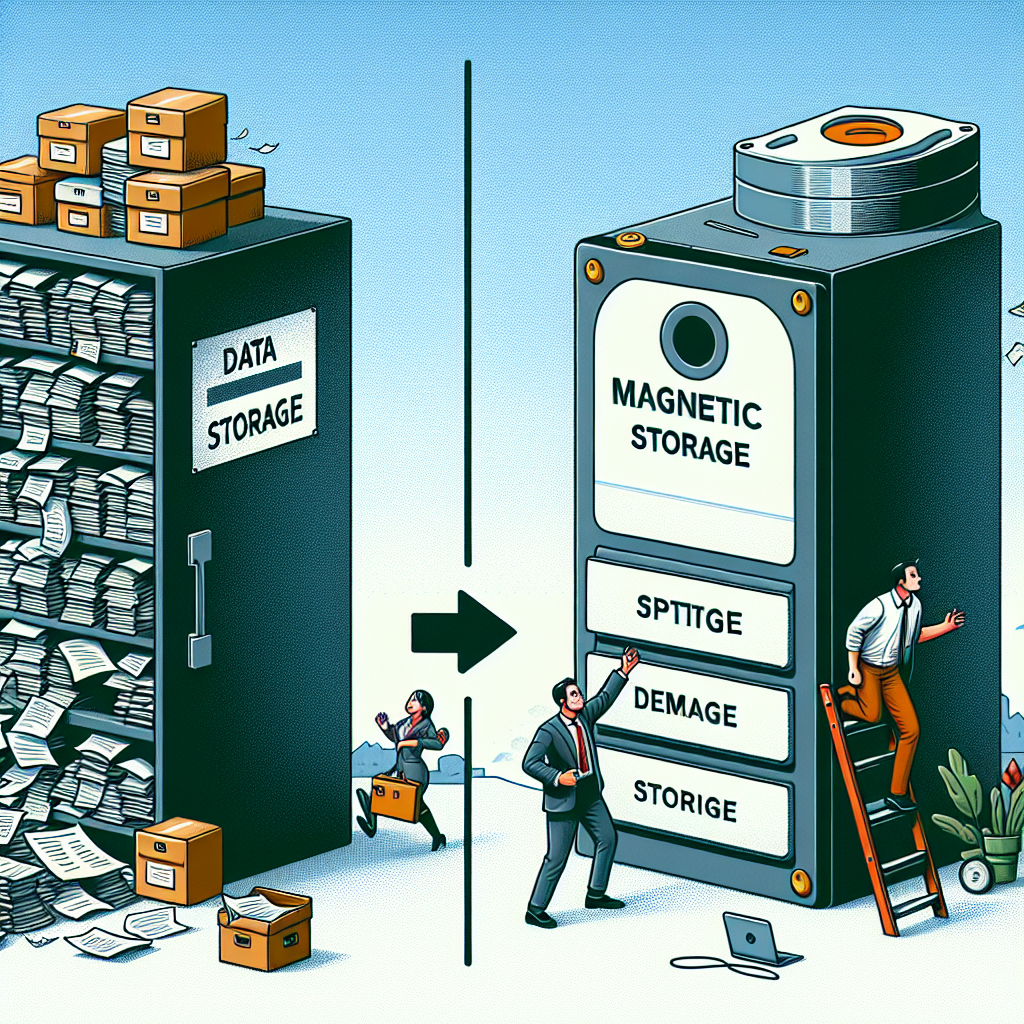Data storage has come a long way since the early days of computing. One of the most significant advancements in data storage technology has been the development of magnetic storage. Magnetic storage revolutionized how data is stored, allowing for larger capacities, faster access times, and increased reliability.
Magnetic storage works by using magnetized particles to store data. These particles are arranged on a magnetic medium, such as a hard drive or tape, in a way that represents binary data – either a 0 or a 1. When a device reads the data, it detects the magnetic orientation of the particles and translates it into usable information.
One of the key benefits of magnetic storage is its ability to store large amounts of data in a relatively small space. Hard drives, for example, can store terabytes of data on a single disk, making them ideal for storing large files and applications. This has enabled businesses and individuals to store vast amounts of information on their computers and servers, without the need for external storage devices.
Another advantage of magnetic storage is its speed. Hard drives and other magnetic storage devices can read and write data quickly, allowing for fast access to information. This is essential for tasks such as video editing, gaming, and data analysis, where high-speed access to data is crucial.
In addition to capacity and speed, magnetic storage is also highly reliable. Unlike other forms of storage, such as optical discs or flash drives, magnetic storage is not susceptible to physical damage from scratches or exposure to light. This makes it an ideal choice for long-term data storage, as the data is less likely to become corrupted over time.
Overall, magnetic storage has revolutionized the way we store and access data. Its ability to store large amounts of information in a small space, its fast access times, and its reliability have made it an essential component of modern computing. As technology continues to advance, magnetic storage will likely continue to play a key role in how we store and manage data in the future.

Leave a Reply
You must be logged in to post a comment.